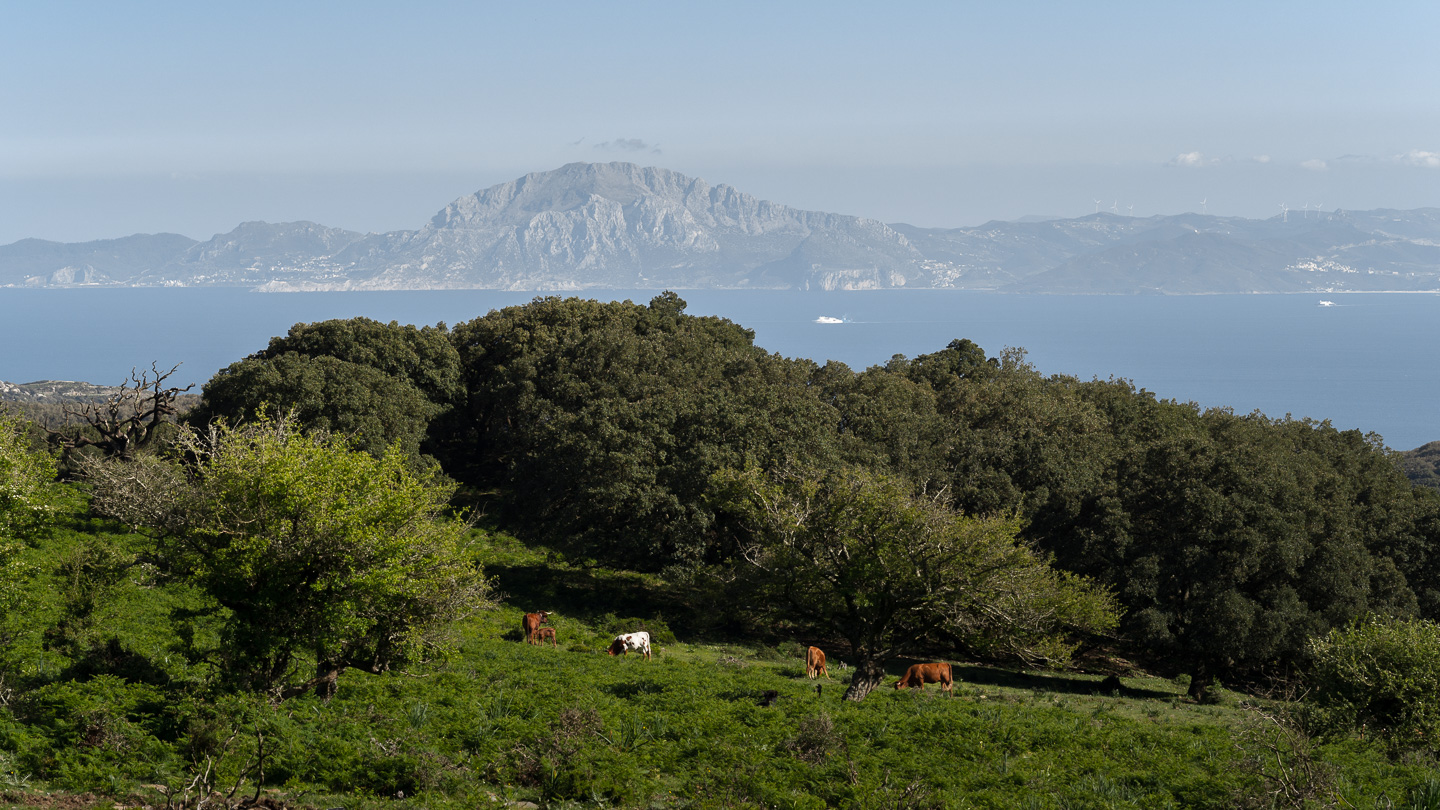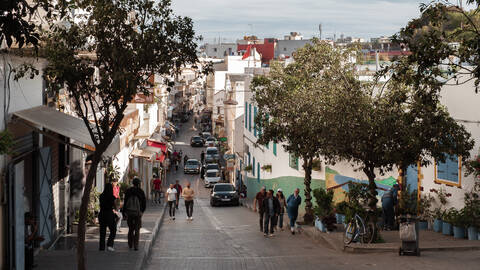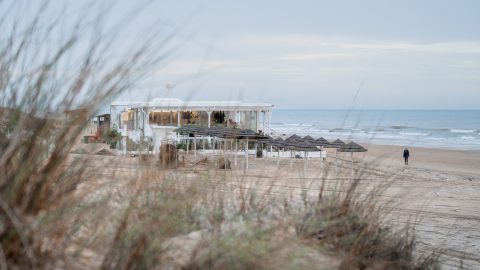Connecting the Atlantic Ocean with the Mediterranean Sea, it’s more than just a scenic spot. Around 300 commercial vessels pass through the Strait of Gibraltar every day. This makes it a vital transport route between the continents and one of the busiest waterways in the world. To passing ships, services such as refueling, maintenance, and catering are provided – an important business for the surrounding regions of Spain, Morocco, and Gibraltar.
The Pillars of Hercules
Nowhere is Africa closer to Europe than at the Strait of Gibraltar. In Greek mythology, the mountains on either side, Jebel Musa on the Moroccan side and the Rock of Gibraltar on the Iberian side, represent the Pillars of Hercules. According to myth, Hercules created these pillars during his tenth labor, either by splitting a mountain or by erecting them as a symbol of his westward journey.
Today, the Strait of Gibraltar is still governed by the neighboring powers of Spain, Morocco and Gibraltar. All three maintain military bases along their respective coastlines, underlining the strategic importance of the Strait. While Gibraltar remains under British control, Spain has a presence on Moroccan territory through its enclave of Ceuta.




